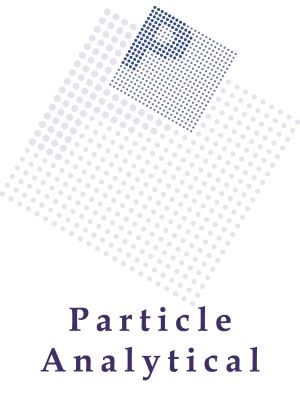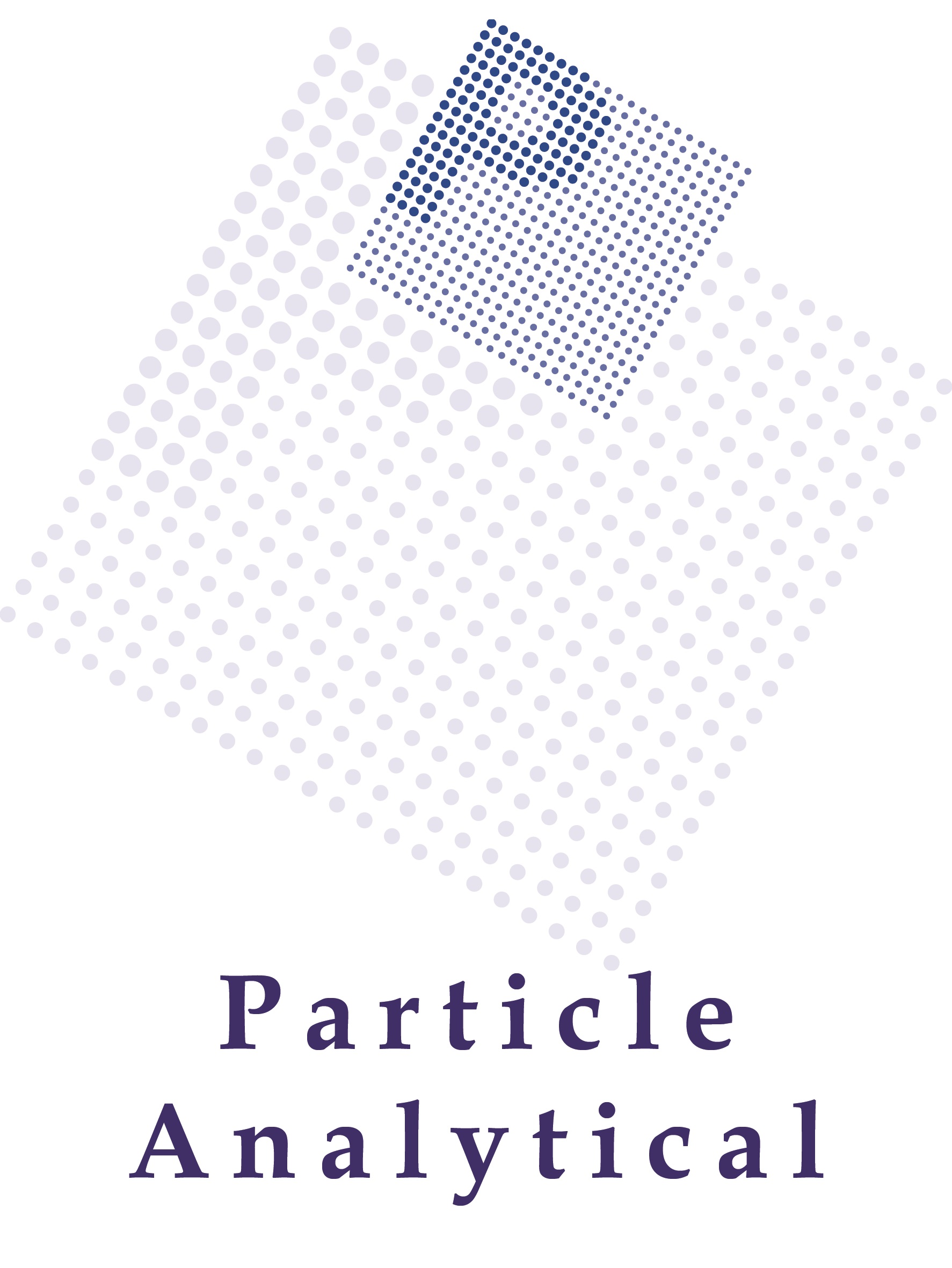By Particle Analytical…
XRPD in pharma quality control
Particle Analytical uses leading edge XRPD, or X-ray powder diffraction, as a key quality control tool to support research and attain GLP or GMP requirements in drug development.
X-ray diffraction (XRD) or XRPD analysis provides a unique and highly effective method of determining the crystallinity of a compound.
XRPD in pharma quality control is primarily concerned with identifying crystalline material, important in regulatory purposes or during development, as well as the different ‘fingerprint” polymorphic forms of a substance.
It can also be used to distinguish between amorphous and crystalline material or quantify the proportionate crystallinity of a sample.
The role of XRPD in pharma quality control
Polymorphism, the ability of a solid material to exist in more than one form or crystal structure, can occur in pharmaceutical intermediates, APIs and final products. XRPD can detect polymorphic changes occurring during storage or manufacturing where temperature and time variations can trigger changes in the original powder structure. Further, pharma manufacturing process such as compaction, milling, etc., can change the morphology of active pharmaceutical ingredients (APIs) or excipients.
All of these variations pose significant quality control challenges, potentially affecting the efficacy, safety or stability of active ingredients or dosage forms.
Therefore, detailed insights into polymorphic form are highly relevant to quality control since crystalline forms are usually preferred in development for their superior definition of melting point, solubility and IDR parameters that need to be quantified to control final product quality.
X-ray powder diffraction (XRPD) is a key tool for characterizing the structural order or disorder of solid APIs or other substances, identifying the solid forms of any given polymorph, solvate, co-crystal or salt by distinctive combinations of diffraction peaks and order parameters. Unique X-ray powder diffraction (XRPD) patterns can also distinguish the different phases, or polymorphs, within a particular material, confirmed by comparing profiles against reference materials and a library database of expected polymorphs.
Particle Analytical scientists can also apply XRPD to observe crystallographic changes in the final dosage form, to ensure intrinsic quality of APIs, excipients and final product. Data on a substance’s polymorphic forms can also be related to various chemical and physical properties, such as solubility, dissolution rate, melting point, chemical reactivity and density.
PA also uses XRPD to process development and process control, such as studying the impact of physical processing such as tableting has on a specific polymorph in relation to the product’s dissolution properties. XRPD is particularly useful in analyzing the proportions of individual API in a drug’s final dosage form, together with any excipients used.
XRPD Technology
Particle Analytical applies Good Laboratory Practice (GLP) and Good Manufacturing Practice (cGMP) compliant XRPD analysis to characterization studies. Applications include QC batch release testing, ICH stability studies or process development.
XRPD analysis uses constructive interference between X-rays and the sample as described in Ph. Eur 2.9.33, based on Bragg’s Law (nλ=2d sin θ) relating electromagnetic radiation wavelength to diffraction angle and lattice spacing in a crystalline structure.
X-rays generated by PANalytical’s latest generation multipurpose X-ray diffraction platform, the X’Pert³ Powder instrument. Rays are filtered to produce monochromatic radiation, aligned to concentrate and directed toward the sample.
The x-ray diffraction pattern generated by XRD delivers a unique “fingerprint” that can precisely identify the actual crystalline form when compared with reference library data.
PA can perform XRPD in the range from 2 °2Theta, all the way up to 150 °2Theta where required. Most XRPD is performed at room temperature, with special chambers available for defined temperature or humidity analyses. XRPD analyses can be conducted on samples as small as 10 mg.



















